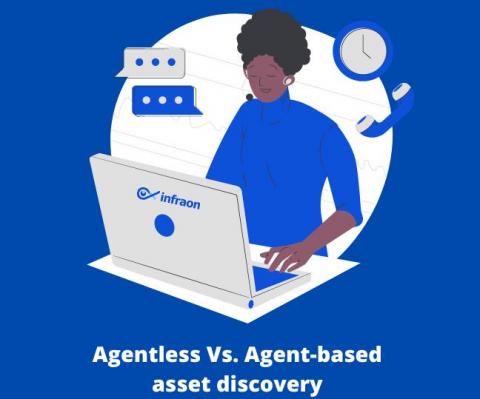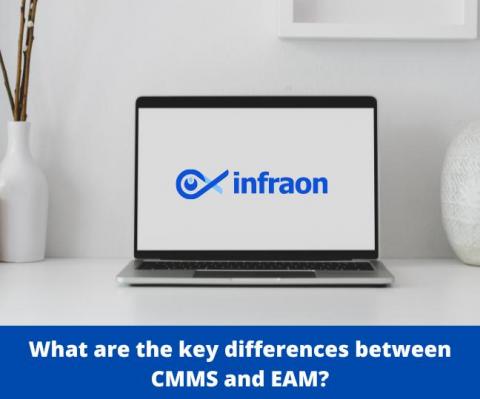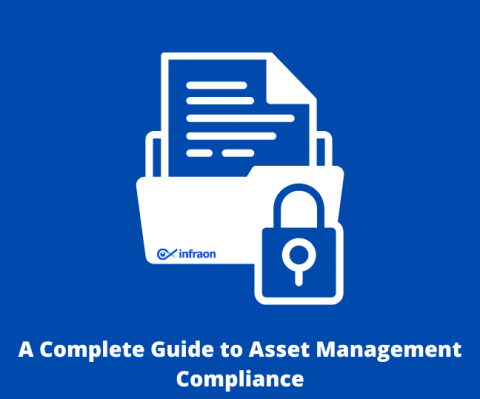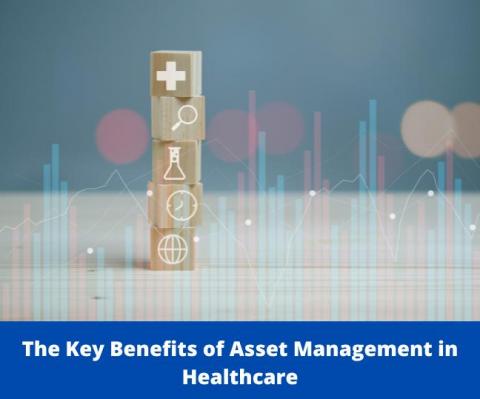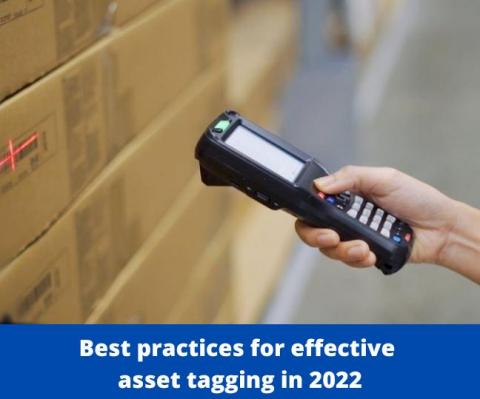What are the Major Types of Asset Management in 2023?
For your business to be profitable, you should be able to invest in modern technology and tools. Asset management is a compelling investment for any business, but it can be confusing to know where to begin. In this article, we’ll introduce you to the different types of asset management that will be popular in 2023 so that you can start making important business decisions now.



